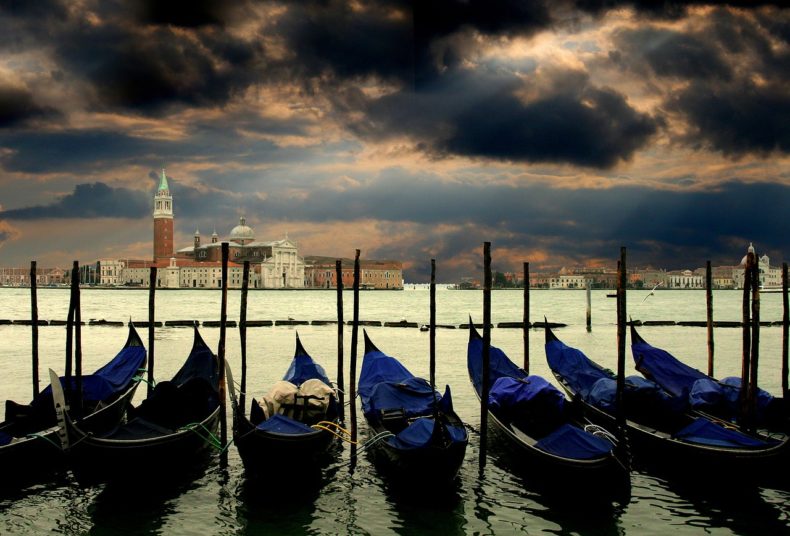Single Transferable Vote or Venetian Vote?

Pah, who needs the Single Transferable Vote when you can go for the Venetian electoral system, as previously explained by The New Yorker:
Whenever the time came to elect a new doge of Venice, an official went to pray in St. Mark’s Basilica, grabbed the first boy he could find in the piazza, and took him back to the ducal palace. The boy’s job was to draw lots to choose an electoral college from the members of Venice’s grand families [aged 30 or over but with no more than one person per family], which was the first step in a performance that has been called tortuous, ridiculous, and profound. Here is how it went, more or less unchanged, for five hundred years, from 1268 until the end of the Venetian Republic.
Thirty electors were chosen by lot, and then a second lottery reduced them to nine, who nominated forty candidates in all, each of whom had to be approved by at least seven electors in order to pass to the next stage. The forty were pruned by lot to twelve, who nominated a total of twenty-five, who needed at least nine nominations each. The twenty-five were culled to nine, who picked an electoral college of forty-five, each with at least seven nominations. The forty-five became eleven, who chose a final college of forty-one. Each member proposed one candidate, all of whom were discussed and, if necessary, examined in person, whereupon each elector cast a vote for every candidate of whom he approved. The candidate with the most approvals was the winner, provided he had been endorsed by at least twenty-five of the forty-one.
Why have a system that involves reducing the number of people by lot and then increasing them again by election – and with so many different rounds in the process to boot?
The full mathematical properties of the process are complicated to analyse, though the analysis from people at HP is worth reading in full for this gem buried in the middle: “Election for life could be viewed as an extreme case of favouring the incumbent”.
Their conclusion is:
The protocol offers opportunities to minorities while ensuring that more popular candidates are more likely to win; that it may offer some resistance to corruption; and that it appears to assist the emergence of compromise candidates (where this is necessary) by amplifying small advantages.
It has been suggested that the complexity of the protocol was an aesthetic choice by the Venetian oligarchs. Certainly the Venetian Republic produced some very complex and highly ornamented music and architecture. It is also possible that it was complex simply because no simpler protocol with the properties that were wanted had been found. We suspect however that this complexity served a particular function: that of security theatre … [that is] public actions which do not increase security, but which are designed to make the public think that the organization carrying out the actions is taking security seriously…
In the context of the election of the Doge, the complexity of the protocol had the effect that all the oligarchs took part in a long, involved ritual in which they demonstrated individually and collectively to each other that they took seriously their responsibility to try to elect a Doge who would act for the good of Venice, and also that they would submit to the rule of the Doge after he was elected. This demonstration was particularly important given the disastrous consequences in other Mediaeval Italian city states of unsuitable rulers or civil strife between different aristocratic factions. It would have served, too, as commercial brand-building for Venice, reassuring the oligarchs’ customers and trading partners that the city was likely to remain stable and business-friendly.
Now, who is up for a constitutional amendment to the next Liberal Democrat conference?
Leave a Reply